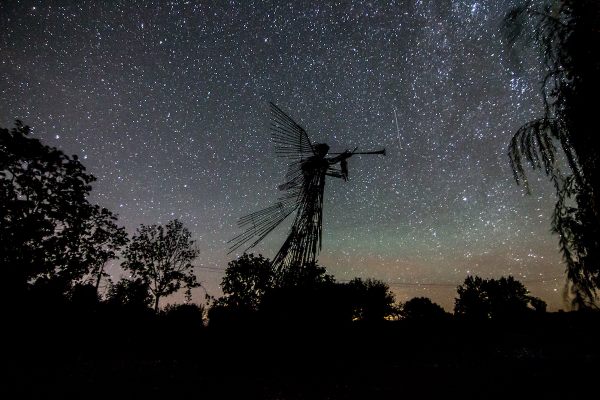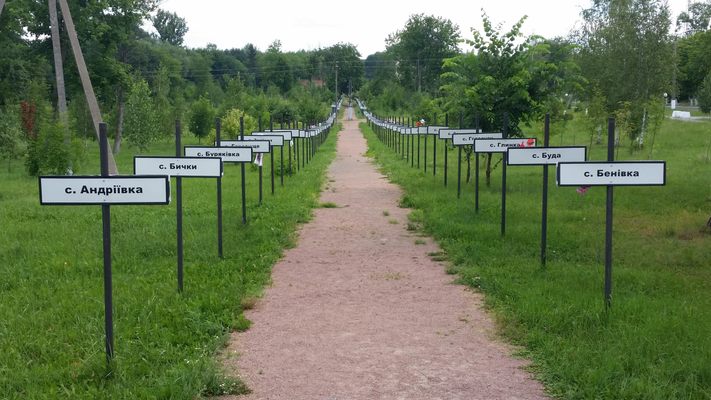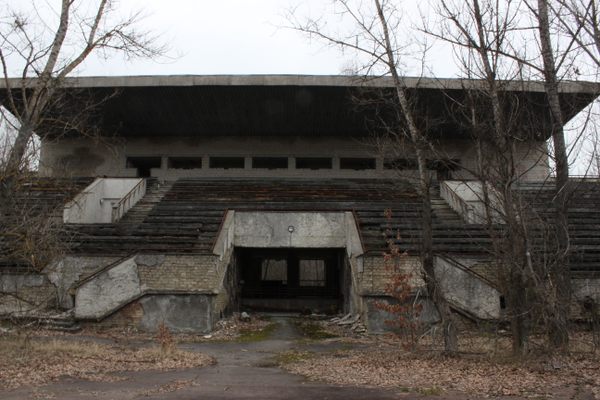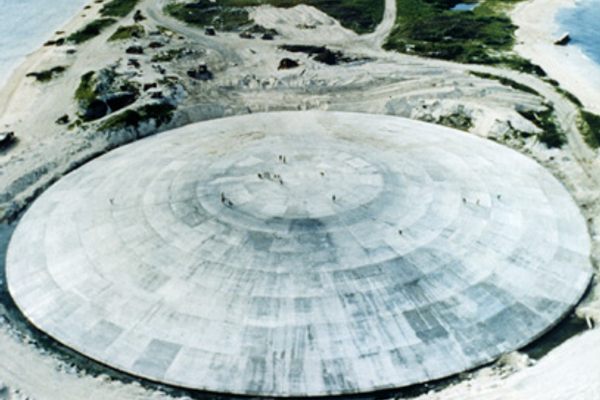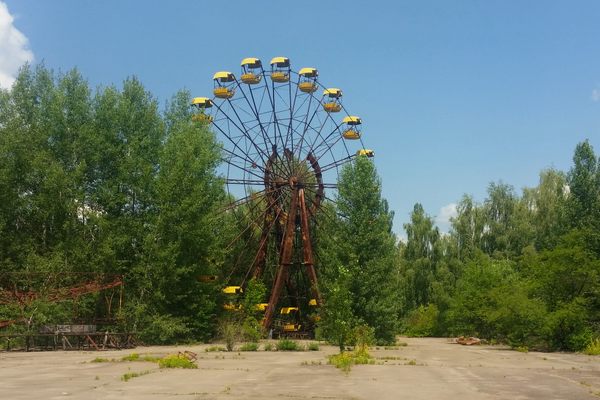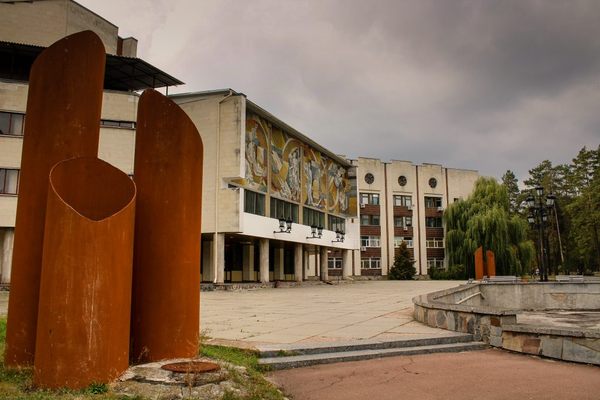About
A lonely angel stands at the entrance to Chornobyl's Wormwood Star Memorial Complex, a trumpet pressed to his lips in a silent song. The sculpture, created by Ukrainian artist Anatoly Haidamaka, is a poignant tribute to those who perished in one of the world's worst nuclear disasters.
On April 26, 1986, a safety test on a reactor at the Chornobyl Nuclear Power Plant near Prypiat, Ukraine, went terribly wrong, resulting in a steam explosion followed by an epic inferno. The area was rendered an apocalyptic hellscape, with flames licking the nuclear plant for 10 straight days. Radioactive smoke swirled through the air, surrounding the firefighters dispatched to combat the blaze.
Many of the firefighters, or liquidators, were unaware of the true nature of the task, at first believing it was another ordinary fire. They battled the flames, their skin blistering as their insides roiled, their immune systems weakening as their bone marrows struggled to produce infection-fighting white blood cells. Twenty-nine people died from acute radiation sickness in the days after the disaster, with hundreds more falling ill in the weeks to come.
The Monument of the Third Angel was installed as part of the new memorial park in Chornobyl on April 26, 2011—the 25th anniversary of the Chornobyl disaster. The grand opening ceremony was attended by the presidents of both Ukraine and Russia. Just beyond the angel begins a memorial path, decorated with the names of the region's evacuated villages, and honoring all those people who lost their lives, homes, and communities in the aftermath of the catastrophe.
The name of Haidamaka's monument refers to a local folk belief, which became popular in the region after the disaster, and was rooted in a passage from the Biblical New Testament (Revelation 8:10-11):
“And the third angel sounded, and there fell a great star from Heaven, burning as it were a lamp, and it fell upon the third part of the rivers, and upon the fountains of waters; And the name of the star is called Wormwood: and the third part of the waters became wormwood; and many men died of the waters, because they were made bitter.”
While English-language Bibles translate this name as "wormwood" (Artemisia absinthium), in local Ukrainian and Russian Bibles the name of the star is polyn—a word which here is used interchangeably for numerous plants within the larger mugwort or Artemisia family. Chornobyl (the plant from which the town takes its name) is one such polyn. As a result of this connection, many local Christians believed that the disaster had been foretold by their Bibles.
One of these believers was the rector of Chornobyl’s Church of the Prophet Elijah, Archimandrite Sergius, who also recalled an omen seen in the sky ten years before the disaster: "Many locals saw a cloud fall to the ground so that the outline of the figure of the Blessed Virgin Mary became clear on it... In her hands She held bunches of dry polyn, which we call chornobyl. The Mother of God dropped polyn over the town... Only years later, after the accident, did it become clear what this sign foreshadowed."
Anatoly Haidamaka created his Monument of the Third Angel to honor the lives that were lost to the disaster, but also, something more intangible as well. By focussing on a story that was important to these people, the monument also aimed to embody a sense of the folk culture of this region. Even amongst so many other monuments to the disaster, Haidamaka's angel stands out as a profoundly human tribute to Chornobyl's lost communities.
Related Tags
Know Before You Go
It's possible to visit the Chernobyl Exclusion Zone, though tours are tightly regulated.
Community Contributors
Added By
Published
July 3, 2019
Sources
- https://www.endtime.com/articles-endtime-magazine/chernobyl-third-trumpet-revelation/
- https://www.instagram.com/p/By8nWrPn1qO/
- https://archive.triblive.com/news/nearly-28-years-after-chernobyl-disaster-life-goes-on-in-exclusion-zone/
- https://phmuseum.com/mfrphoto/story/after-chernobyl-7424262008
- https://www.bbc.com/news/world-europe-48580177
- https://www.theatlantic.com/photo/2019/06/chernobyl-disaster-photos-1986/590878/
- https://www.exutopia.com/100-chernobyl-monuments
- https://pravoslavie.ru/92817.html
